The Ford Puma might not be the biggest light SUV, nor the cheapest, but it combines its too-cute looks with a smile-inducing drive experience not often found in this segment. This is a truly urban SUV, so we asked the truly urban Chesto to put it through its paces to see if the good outweighs the bad.
Ford Puma 2021: St-Line
| Engine Type | Turbo 3, 1.0L |
|---|---|
| Fuel Type | Premium Unleaded Petrol |
| Fuel Efficiency | 5.3L/100km (combined) |
| Seating | 5 |
| Price From | $17,930 - $22,660 |
| Safety Rating |
|
Part 1: January 2021
Pop quiz time: what’s the worst sin a new car can commit? Is it being too small? Too big? Too thirsty? Too underwhelming in the tech department? Too expensive?
No, no, no, no and no. Don’t get me wrong, all of those things suck - and should you be in a vehicle that displays three or more of these unwanted traits, it can suck like an out-of-control black hole - but there is something, one thing, that is much, much worse.
That is, of course, for a car to be boring - to put you to sleep when you look at it, and that feels like a great big pile of nothingness from behind the wheel. I can forgive almost anything, but boring is an absolute deal-breaker for me.

I want a car that excites from behind the wheel every time you climb in. A car that pulls you, as if by magnet, into the drive experience, rather than repels you from it.
Now don’t get me wrong - exciting doesn’t mean fast. Well, it can, but it doesn’t have to. Fast cars can be dull, and slow cars can be invigorating. I’d take a spell behind the wheel of the lesser-engined Mazda MX-5 over any number or nuclear-powered supercars any day of the week.
Which leads me to the newest member of CarsGuide’s long-term fleet, the Ford Puma ST-Line, which arrived dressed to impress in a flat-grey paintwork Ford calls Grey Matter. On paper, it doesn’t sound like a bag of excitement.

It’s a micro SUV, for one. And it’s powered by a tiny 1.0-litre petrol engine that produces a hardly soul-stirring 92kW and 170Nm, which pairs with a seven-speed dual-clutch auto which helps send the grunt to the front tyres.
But I’m here to tell you, the Puma is anything but dull. In fact, when driven with a little gusto, it serves up one of the better drive experiences in the segment. From the scintillating soundtrack of the hard-working three-cylinder engine, to the responsive accelerator feel and the engaged and engaging ride, handling and steering balance, it’s the kind of car that - though not in any way fast - puts a little smile on your face every time you climb into it.
Some reviewers have said it's not great to drive around town. The turbo and gearbox combination results in a lurching drive experience, they say. But not me. It is not the smoothest, most relaxing drive experience, sure. But it’s also not dull. It draws you into the experience, and when you get a feel for how all of its parts work together, you can command it like Cesar Millan does an unruly cocker spaniel. I genuinely think it’s among the better small SUV drive experiences out there.

You also get plenty of stuff. Even the entry-level cars get 17-inch alloy wheels, an 8.0-inch screen with Apple CarPlay and Android Auto, navigation, a wireless phone charger, an embedded modem (for Ford Connect), climate control and push-button start. Our ST Line adds a 12.3-inch instrument cluster, paddle shifters and metal pedals, a sportier black-mesh grille design and stunning headlight-framing LED DRLs.
But that is not to say the Puma (which starts at $29,990, climbs to $32,340 for our ST Line, and tops out at $35,540 for the ST Line V) is not entirely without sin.
There are some serious backseat space issues (we’ll come to those in our next dispatch), and some pricing issues ($30k is lots for an entry-level model, but again,I’ll explain why next time), and this micro-machine seriously stretches the boundaries of what can conceivably be referred to as an ‘SUV’.
But let’s revel in the good before we examine the rest, shall we? And the good here is that the Puma is a hoot from behind the wheel. If you've heard otherwise, be sure to take one for a spin before crossing it off your list.

Acquired: January, 2021
Distance travelled this month: 847km
Odometer: 4023km
Average fuel consumption for January: 8.0L/100
Part 2: February 2021
Ok, so let's talk downsides. If you read my earlier dispatch, you'll know that I'm head-over-heels with plenty about the Ford Puma. From its cute and funky looks to its engaging driving dynamics, there's a lot to like about Ford's unfairly overlooked bite-sized SUV.
But there are still some things you really need to know about. See, not all small SUVs are created equal. It's a kind of catch-all title that speaks to vague dimensions, but the exact space and practicality those dimensions deliver can be wildly different.
In fact, some SUVs are so small they can't even be classed as "small SUVs". Instead, they're classified as "light" - the smallest category we've got.
.jpg)
And it's in this jungle that the Puma prowls, not fighting against cars like the Kia Seltos and Mitsubishi ASX, but against smaller models like the Mazda CX-3 and the Hyundai Venue.
Short answer? If you are going to put adult-sized people in the backseat on a regular basis, then you really should test the Puma's backseat before plonking down your deposit, because the space back there is, well, rather tight.
I'm only 175cm, and my head brushes the roof lining, and while my knees don't quite touch the seat in front, there's an undeniable sense of claustrophobia surrounding the backseat experience.
.jpg)
The Puma only measures 1805mm in width, so while technically a five-seater, you're no chance of putting three regular sized people across the backseat - and even two adults (one in each window seat) will find themselves uncomfortably familiar with each other by the journey's end.
Boot space, however, isn't terrible for the segment, with the Puma delivering some 410 litres with the rear seats in place. The Hyundai Venue, for example, delivers 355 litres, while the Mazda CX-3 is smaller still, at 264 litres.
But perspective is key in these matters, and to put this all into context, I've been the (sort of) owner of this car for around two months now, and I have only had more than one person in the backseat once (with their softly mumbled complaints what inspired me to take a closer look back there in the first place), and there's been more than enough boot space for us to take several weekends away, too.
.jpg)
So if yours is a family like mine - two people, one dog - you need to ask yourself whether you really need the space (and the extra cost, and bigger fuel bill) of something bigger. Honestly, we really don't.
I have encountered a few quirks along the way though. While its freeway manners are surprisingly refined - and its little engine perky enough to overtake without feeling like you're going to run over by the car in the faster lane - the tech is proving a little glitchy, with longer trips forcing us to unplug and then reconnect our phone on several occasions to keep the Apple CarPlay working properly.
.jpg)
I also find the addition of the driving modes a little pointless here. Sport mode just makes it more uncomfortable, while a more economical setting in a car this size seems like madness, too. Instead, we've largely left it glued in its Normal drive mode, which has suited us just fine.
Speaking of freeways, the Puma ST Line's commendable list of standard safety kit has been pretty much flawless, too, including the handy adaptive cruise control for longer trips. This is a five-star ANCAP car, and it's list of active and passive safety equipment is impressive for a car this size.
Short answer? I'm two months in and still find myself wondering why the Puma is overlooked by micro-SUV shopper (less than 200 were sold in January, compared to more than 1300 examples of the CX-3, 541 of the Yaris Cross and 443 of the Hyundai Venue).
.jpg)
Acquired: January, 2021
Distance travelled this month: 900km
Odometer: 4954km
Average fuel consumption for February: 7.5L/100
Part 3: March 2021
And so our time behind the wheel of the Ford Puma ST Line at last draws to close, and while it's been a month of hits and misses, there's been more of the former and refreshingly few of the latter over the past three months.

I've written before about how I think the Ford Puma is unfairly overlooked in the micro-SUV segment, but I'm more convinced than ever that there's a definite target market for this funky little unit, and that being anyone who values a little bit of excitement behind the wheel, and a design that's more than a little bit out of the box.
I think the Puma serves up one of the better drive experiences in the mini-SUV segment. It’s not fast, sure, but it’s something far more important - it’s fun.
But if you're in the market for one, then there's a few things you need to know. So without further ado, here are the key things I like - and the key things I don't - about the Ford Puma ST Line.
Likes
1. It's funkier than Marky Mark and the Funky Bunch.
Let’s talk looks for second, because I do really like the look of this thing. That said, opinion is a little split, with some people telling me it looks like it’s trying too hard.
Still, I disagree. I reckon the worst sin a car can commit is to be boring, whether that’s to look at or to drive, and I can tell you the Puma looks fun because it is fun.
That awesome flat paint job is called Grey Matter, by the way, and it works beautifully on the Puma, and those 18-inch alloys look massive on a car this size, too. Looks kind of premium, right? And that feeling continues inside.

2: High-end tech (kind of) justifies high-end price
Even the entry-level cars get 17-inch alloy wheels, an 8.0-inch screen with Apple CarPlay and Android Auto, navigation, a wireless phone charger, an embedded modem (for Ford Connect), climate control and push-button start. Our ST Line adds an awesome 12.3-inch instrument cluster, paddle shifters and metal pedals, a sportier black-mesh grille design and stunning headlight-framing LED DRLs.
There is plenty of cool tech, going someway to justifying the wallet-wincing price point. The giant screen behind the steering wheel is awesome, as is the central touchscreen for all your phone streaming needs. Plus there's wireless charging, an auto-park function, adaptive cruise and just about everything else you might need, too.

3: It’s a hoot to drive
I know I've promised you a car that’s fun to drive. And I know you don't believe me.
After all, the Puma is powered by a tiny 1.0-litre petrol engine that produces a hardly soul-stirring 92kW and 170Nm, which pairs with a seven-speed dual-clutch auto which helps send the grunt to the front tyres.
But I’m here to tell you, the Puma is anything but dull. In fact, when driven with a little gusto, it serves up one of the better drive experiences in the segment. From the scintillating soundtrack of the hard-working three-cylinder engine, to the responsive accelerator feel and the engaged and engaging ride, handling and steering balance, it’s the kind of car that - though not in any way fast - puts a little smile on your face every time you climb into it.
The only downside, though, is that it can feel a little jerky and stiff on suburban roads.
Dislikes
1. It ain't cheap
Let’s talk money, because the Puma ain’t cheap. Remember this plays in the smallest light SUV category, and there’s plenty of affordable metal in it.
The Puma, however, starts at around $30k, tops out at about $35k, with this ST Line sitting bang in the middle at around $32k.
That’s real money for a car this size, but you do get plenty of the stuff to help justify the spend.

2: The backseat is not for claustrophobics
It’s worth pointing out here that not all small SUVs are created equal. It's a kind of catch-all title that speaks to vague dimensions, but the exact space and practicality those dimensions deliver can be wildly different.
In fact, some SUVs are so small they can't even be classed as "small SUVs". Instead, they're classified as "light" - the smallest category we've got. And it's in this jungle that the Puma prowls, not fighting against cars like the Kia Seltos and Mitsubishi ASX, but against smaller models like the Mazda CX-3 and the Hyundai Venue.
Short answer? If you are going to put adult-sized people in the backseat on a regular basis, then you really should test the Puma's backseat before plonking down your deposit, because the space back there is, well, rather tight.
I'm only 175cm, and my head brushes the roof lining, and while my knees don't quite touch the seat in front, there's an undeniable sense of claustrophobia surrounding the backseat experience.
The Puma only measures 1805mm in width, so while technically a five-seater, you're no chance of putting three regular sized people across the backseat - and even two adults (one in each window seat) will find themselves uncomfortably familiar with each other by the journey's end.
Boot space, however, is pretty good for the segment, with the Puma delivering some 410 litres with the rear seats in place. The Hyundai Venue, for example, delivers 355 litres, while the Mazda CX-3 is smaller still, at 264 litres.
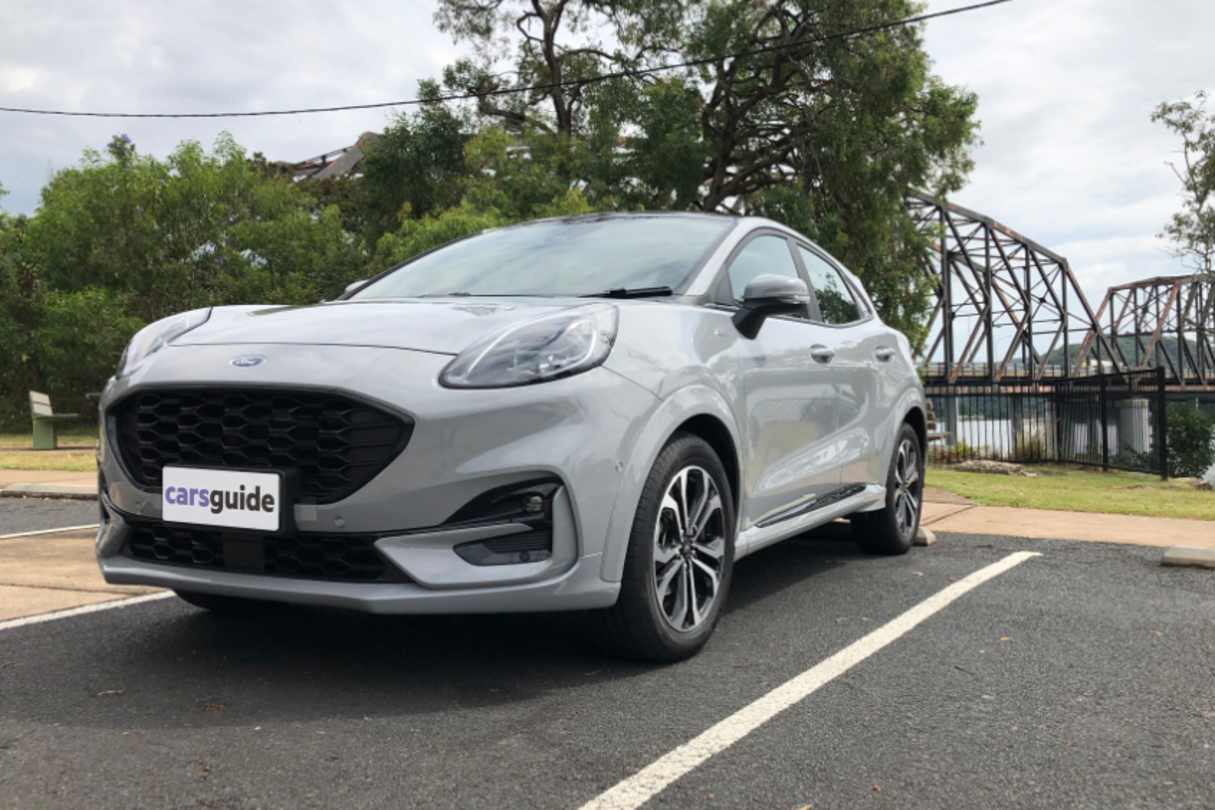
3: Where’s the leather?
Yes, I know it sounds like I’m splitting hairs here, but if I’m spending mid-30s on a car this size, I want something other than cloth seats.
In a Mazda CX-3 Touring you get partial-leather seats AND 4WD, and it’s about the same price. A tiny thing, I guess, but it bugs me when you feel like you’re getting less than you paid for.
Verdict
Now, what did I mean by overlooked? Less than 200 of these were sold in January 2021, compared to more than 1300 examples of the CX-3, more than 500 of the Yaris Cross and more than 400 of the Hyundai Venue.
And that really is a crying shame, because Ford has produced a car that is seriously fun to look at, and to drive, and that’s not all that common in this segment.
Pricing Guides






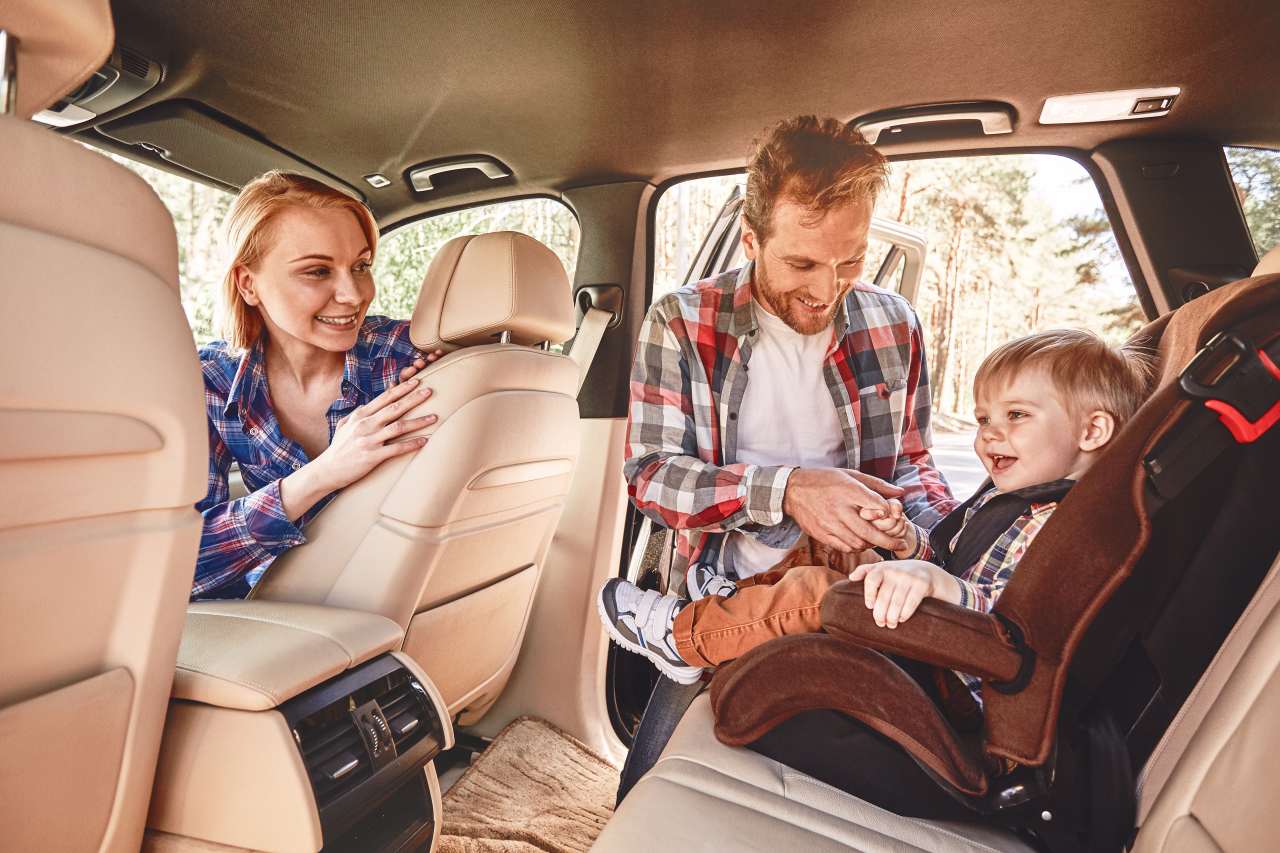

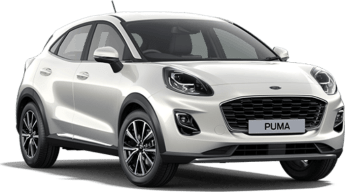

.jpg)
.jpg)





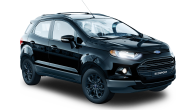

.png)







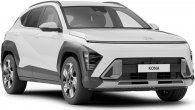

.jpg)




